Toddlerhood is a wild, wonderful ride starting from wobbly first steps to endless Why? Questions. It’s magical and also chaotic. One moment, your toddler is babbling, and the next moment, they are randomly narrating their every move. It’s okay to wonder what are toddler milestones by age and what to expect.
In this guide, we’re breaking down toddler developmental milestones by age in a way that’s helpful. So, open the notes app on your mobile and let’s dive into what to expect as your tiny human being grows into a world-exploring chatterbox.
Why Milestones Matter
Milestones are like checkpoints; they vary among children. Your toddler will hit them around the same time, but not necessarily in the same order. They give you and your predictions a sense of how your child is developing across four key areas:
- Gross and fine motor skills: holding utensils, walking, and building towers with blocks.
- Language and communication: talking, saying short sentences, and listening to instructions.
- Emotional and social growth: sharing, playing with others, and showing empathy.
- Cognitive development: solving puzzles, learning shapes, and following routines.
Some toddlers like to climb before they talk; others prefer to chat before they walk. Milestones are important, but they are not a scoreboard. What matters most is your toddler showing engagement, progress, and curiosity with the world around them.
Also read about: How to Boost Your Child’s Immune System Naturally
12 to 18 Months: The Curious Explorer

Your toddler is mobile, curious, and fearless at this age, which is both exhausting and exciting. This is when your baby turns into a full-blown toddler.
What You Might See:
- Saying simple words like “mama” and “papa”.
- Pointing, clapping, and waving “bye-bye”.
- Walking or crawling while holding furniture.
- Imitating your everyday actions, like brushing their hair and cooking in the kitchen.
How Can You Support Them?
- Place them in baby-safe walkers.
- Set up a safe and stimulating fun space.
- Provide simple toys like musical shakers or stacking rings.
- Tell them soft and comforting stories.
- Talk through everything you do (narrating daily routines builds vocabulary)
18 to 24 Months: The Little Talker Emerges
At this stage, your child starts to understand more than they can say. But don’t worry, this gap closes fast. And soon your toddler’s personality starts to shine.
Toddlers Start to:
- Follow the two-step direction: Pick up the ball and give it to Daddy
- Say 12-20 words by 18 months, short phrases by 24 months.
- Have improved coordination, climbing onto chairs
- Pretend play (Driving toy cars, feeding dolls).
- Gets frustrated for not being understood.
Encourage Development with:
- Name emotions, objects, and actions correctly in onboard books.
- Shape sorters, story books, pretend food or kitchen toys, and lots of singing together.
2 Years: The Independent Tornado

This age is a whirlwind stage; full of drama, independence, energy, and adventure.
Common Activities:
- Beginning to sort shapes, colors, and animals.
- 50+ words, forming their sentences.
- Trying to copy adult routines, washing, cooking, etc.
- Running, kicking balls, and jumping.
- Starting to use a potty pot or showing interest.
How to Help:
- Use booster seats or suction plates to help with self-feeding.
- Provide puzzles, ride-on toys to build motor skills.
- Keep routines predictable (toddlers love knowing what’s next).
2.5 Years: The Curious Problem Solver
Your child may become a question machine asking 100 questions a day, and that’s a good sign.
Expected Milestones:
- Identifying different objects and alphabets around the house or in books.
- Understanding the correct use of “I”, “me”, and “you” correctly.
- Recognizing and naming feelings like happiness, sadness, and hunger.
- Beginning to dress and undress themselves.
- Building organized block towers.
What Helps:
- Talk about feelings using emotion flashcards or stuffed animal role-play
- Let them “help” with chores to build confidence and skills (mini brooms or toy kitchens can help).
3 Years: The Imaginative Thinker

Your toddler is transforming into a preschooler with clearer speech, better understanding, wild imagination, and stronger opinions.
You’ll Likely See:
- Playing and sharing with other kids.
- Showing concern and understanding.
- Recognizing colors and shapes.
- Mastering self-care tasks like washing hands.
- Speaking clearly and using longer sentences.
Boost Their Learning with:
- Toddler tricycles, coloring books, and interactive games.
- Giving them daily tasks like sorting all yellow toys or clothes.
4 Years: The Creative Connector
This stage brings maturity, better memories, and stronger friendships.
Vital Signs:
- Understanding the sequence of routine (first we brush, then we sleep)
- Drawing faces and shapes
- Using different tenses and longer storytelling
- Asking endless questions and the origin of things
- Playing cooperative games
What Supports This Age?
- Arts and craft kits, board games, and daily rhythm charts
- Encourage them to lead pretend play or narrate their drawings
5 Years: The Kindergarten-Ready Kid

By this age, your child shows real signs of independence and responsibility and is nearly school-aged.
Look For:
- Drawing full pictures with background and scenery
- Understanding rules and taking turns
- Talking clearly, even to strangers
- Writing their names or a few letters
- Buttoning their shirts or tying their shoes
Encourage Readiness with:
- Let them be “in charge” of one or two daily tasks, like setting the table
- Workbooks, interactive story apps, and chore charts.
When to Check in with a Professional
It’s normal if your child is slower in some areas. But you should consult the pediatrician if:
- Has problems walking, talking, or understanding by expected timeframes
- Loses skills they used to have
- Doesn’t respond to sound, name, or your voice
- Shows no interest in interacting and talking with others.
Remember that early support can change everything.
Check out: Toddler Coughing at Night? How to Manage the Situation
Frequently Asked Questions
1. What’s the difference between delay and developmental disorder?
A delay disorder means that the child is behind in one or more aspects, but can catch up gradually. A developmental disorder is a long-term challenge and may need specialized care, such as autism or a speech disorder.
2. How do I support social skills if my toddler isn’t in daycare?
Regular visits to the park can offer good social exposure. But attending story time at libraries, playdates, and toddler music classes is essential, too.
3. Can bilingual households delay speech milestones?
Delay isn’t necessary. Bilingual toddlers may mix up languages early on, but it can provide long-term benefits that outweigh any short-term delay. They often catch up and become fluent in both languages.
4. When do kids typically show hand dominance (left or right)?
Mostly, toddlers start showing a preference by age 2, but consistence hand dominance usually solidifies between ages 3-4.
5. How can I help a toddler who isn’t talking much yet?
Sing poems or songs, narrate your day, and read storybooks together. Avoid pressuring your kid to speak if you are worried; a speech language evaluation may help.
6. Is it normal for milestones to “pause” during a growth spurt or illness?
Yes. Temporary pauses in development during teething, illness, or emotional stress are normal. Milestones usually resume once the child feels better.
Tracking toddler milestones doesn’t mean stressing over checklists. It means celebrating progress and staying in tune with your child’s unique pace. So, when your little one zips up their jacket for the first time or finally says “thank you” without a prompt — those are milestones too. And they matter just as much.
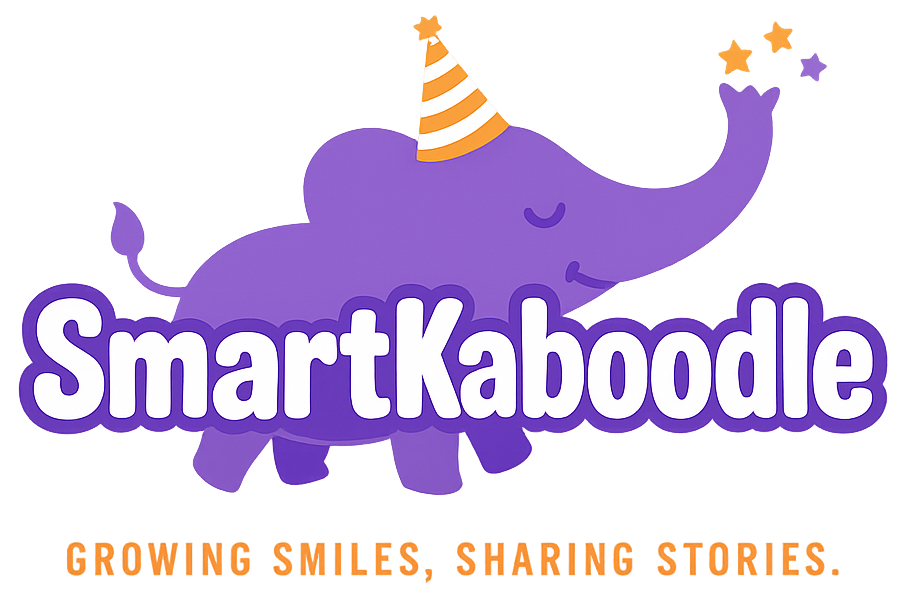


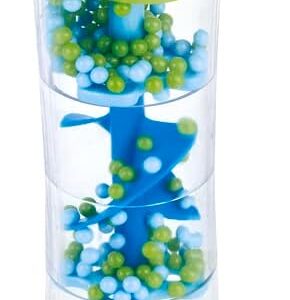








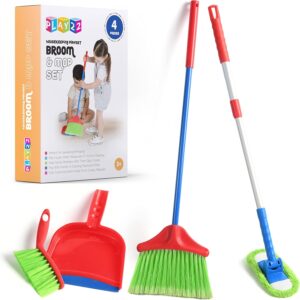


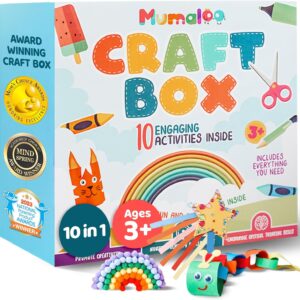

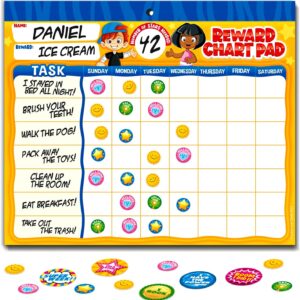
Add Comment